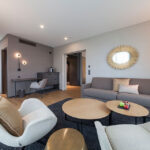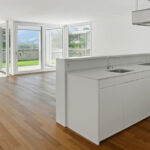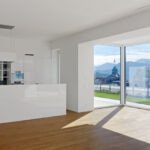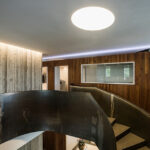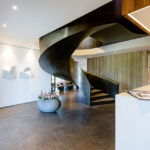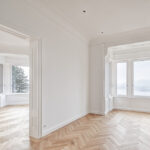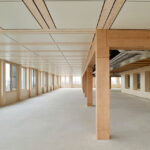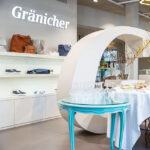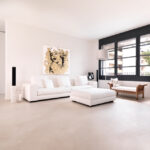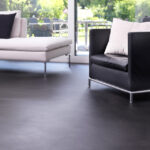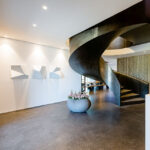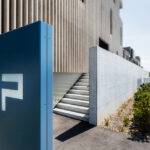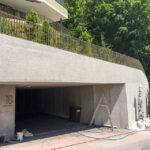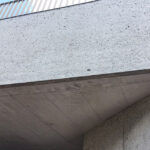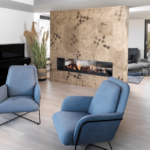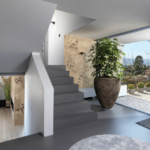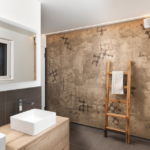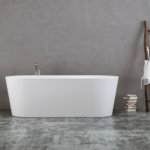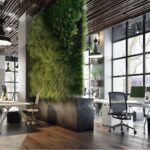- Home
- Competencies
Facade construction
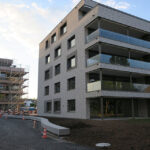
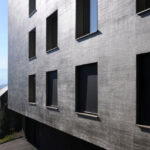
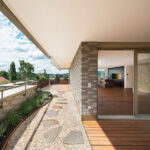
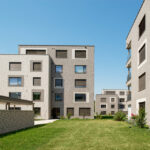
- Service
- About Us
- Contact
Headquarters in Emmen
-
MVM AG
Kirchfeldstrasse 44
6032 Emmen - 041 289 04 04
- mail@mvm-ag.ch
-
Monday - Friday
08:00–12:00 / 13:30–17:00
Zug location
-
MVM AG ZG
Commercial Street 11
6330 Cham - 041 758 18 57
- mail@mvm-ag-zug.ch
-
Monday - Friday
08:00–12:00 / 13:30–17:00
Sursee location
-
MVM AG Sursee
Surentalstrasse 10
6210 Sursee - 041 920 35 15
- mail@mvm-ag.ch
-
Monday - Friday
08:00–12:00 / 13:30–17:00
Stans location
-
MVM AG Stans
Hansmatt 30
6370 Stans - 041 610 00 42
- mail@mvm-ag.ch
-
Monday - Friday
08:00–12:00 / 13:30–17:00
-
MVM AG
- Rental
- Shop
Facade cladding: How outstanding art shapes architecture and living space
- Competently. Innovative. Qualitatively.
- from MVM AG
- 8. February 2024
Welcome to the world of cladding, where art meets architecture. A well-designed facade is not only the showpiece of a building, but also tells a story about its character and purpose. In this section, we delve into the importance of the facade - from its role as a building's calling card to its impact on urban aesthetics. Learn how a carefully designed facade shapes the identity of a building and influences its integration into the urban environment.
Facades through the ages: A historical perspective
The history of facade cladding is a journey through time that offers deep insights into cultural and technological developments. Starting in antiquity, where monumental buildings with detailed reliefs and columns symbolized the power and splendor of the rulers, we move through the centuries. In the Middle Ages, facade design was characterized by religious and functional aspects, while the Renaissance and Baroque were times of opulent ornamentation and symmetry. The Industrial Revolution brought new materials and techniques that led to simplification and functionality in the modern era.
Future meets tradition: modern trends in facade cladding
The world of modern facade cladding is dynamic and innovative. This is where new ideas and technologies come together to make buildings not only aesthetically appealing, but also functional and sustainable. One of the main trends is the integration of eco-friendly materials that are both sustainable and visually impressive. These include, for example, facades that reduce air pollution or use solar energy. Another trend is the use of digital and interactive elements that turn facades into living works of art.
Aesthetics as capital: How facade cladding influences real estate values
The aesthetics of a facade are much more than just a visual amenity; it is a decisive factor for the value of a property. Attractive facade cladding can significantly increase the financial value of a building. We examine how the external appearance of a building influences the perception and decisions of potential buyers or tenants. Color, material selection and design play a key role. These elements not only add to the visual appeal, but also signal quality and care.
Green facades: energy efficiency and sustainability in modern architecture
Today's facade design is characterized by a strong awareness of energy efficiency and sustainability. By using environmentally friendly materials and innovative technologies, a significant reduction in energy consumption is achieved. Integrated solar modules that effectively use solar energy are an example of such innovations. Thermal insulating materials also contribute to energy efficiency by minimizing heat loss. In addition, green facades are becoming increasingly important, as they not only improve urban air quality through plant growth, but also contribute to urban biodiversity. These developments show how modern facades can be designed to be not only aesthetically pleasing, but also functional with the environment in mind.
From vision to reality: facade cladding that inspires
A well-designed facade is more than just the outer shell of a building; it is a central part of urban aesthetics and functionality. It reflects history, innovation and sustainability, increases the value of real estate and contributes to energy efficiency. With its expertise in facade design, MVM AG offers tailor-made solutions that combine these aspects. If you would like to place the design of your facade in professional hands, contact us for advice that balances aesthetics and functionality.


